#5) Catalina Solar Project, California USA (204GWh)
California’s Mojave Desert is a popular spot for solar plants and deservedly so – it has some of the highest solar insolation levels in North America, as well as energy hungry metropolitan areas of Southern California close by. The Catalina Solar Project is jointly owned by EDF Renewable Energy and financial services company TIAA-CREF.
The plant produces enough energy to power about 35,000 homes and will offset about 74,000 metric tons of greenhouse gas emissions – the latter being very important in meeting California’s tough emission standards.
#4) Huanghe Hydropower Golmud Solar Park, Qinghai China (317GWh)
Although the site is managed by Huanghe Hydropower, the plant is purely PV – and developed by Yingli Solar. You may recognise Yingli from their billboards around the 2014 World Cup, and for providing solar power to the games there. Qinghai province in China shows up again as a hotspot for high capacity solar farms.
One thing to note about Chinese solar plants is that they’re getting much more bang for their kilowatt buck. The per capita electricity consumption for China is 3,298 kWhr while a Western country like the USA uses 13,246 kWhr. By this measure China gets more than 4 X the value of energy per person. No wonder that solar plants are popping up like daisies in China. However, at this point in the list, we say goodbye to China and move on to the top 3 positions.
3) California Valley Solar Ranch, California USA (399GWh)
Sunny California features again in our top 10 lists at the number 3 position. The California Solar Ranch is located 270 kilometers northwest of Los Angeles and covers 1,966 acres of former grazing land. The plant is owned by power company NRG Energy and was developed by PV panel manufacturer SunPower. Sunpower also provided 88,000 tracking modules that pivot the panels – allowing them to absorb the maximum amount of rays all through the day. The solar plant powers roughly 100,000 homes.




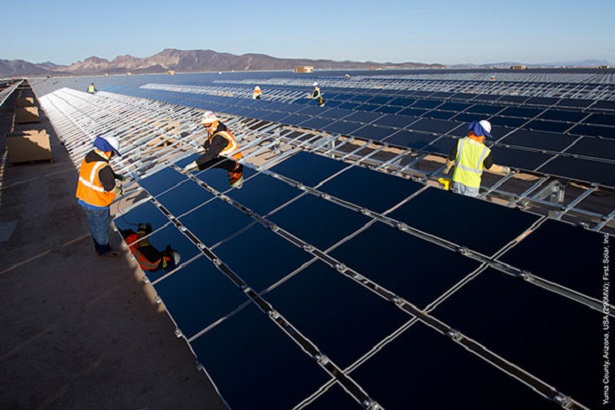
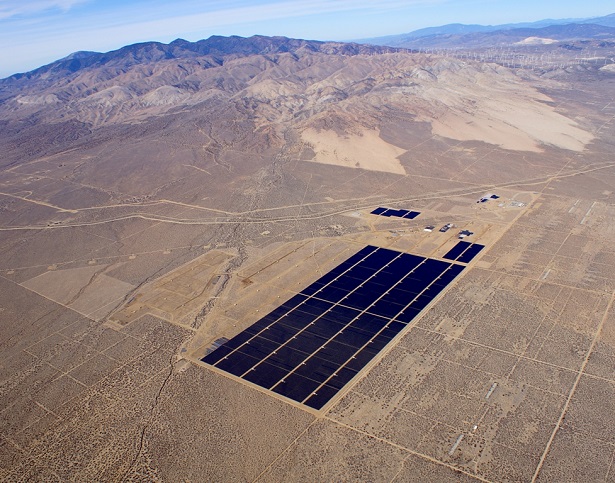
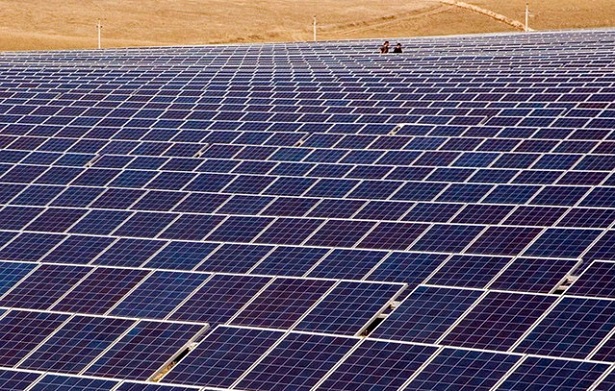
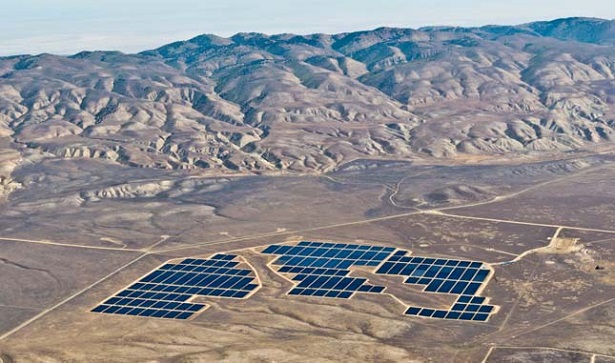






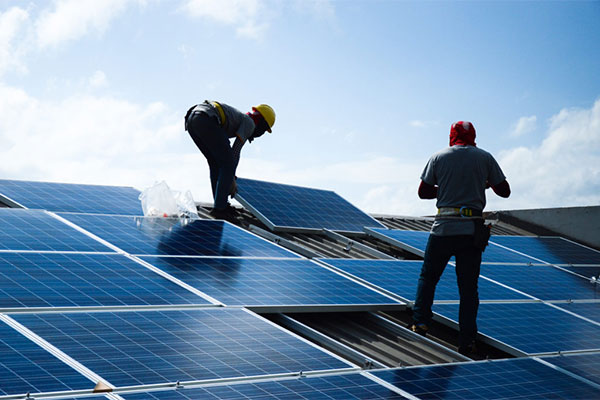




Why are the systems being specified by energy (GWh)? It this per year? Per day? Watts would be a better indicator of size.